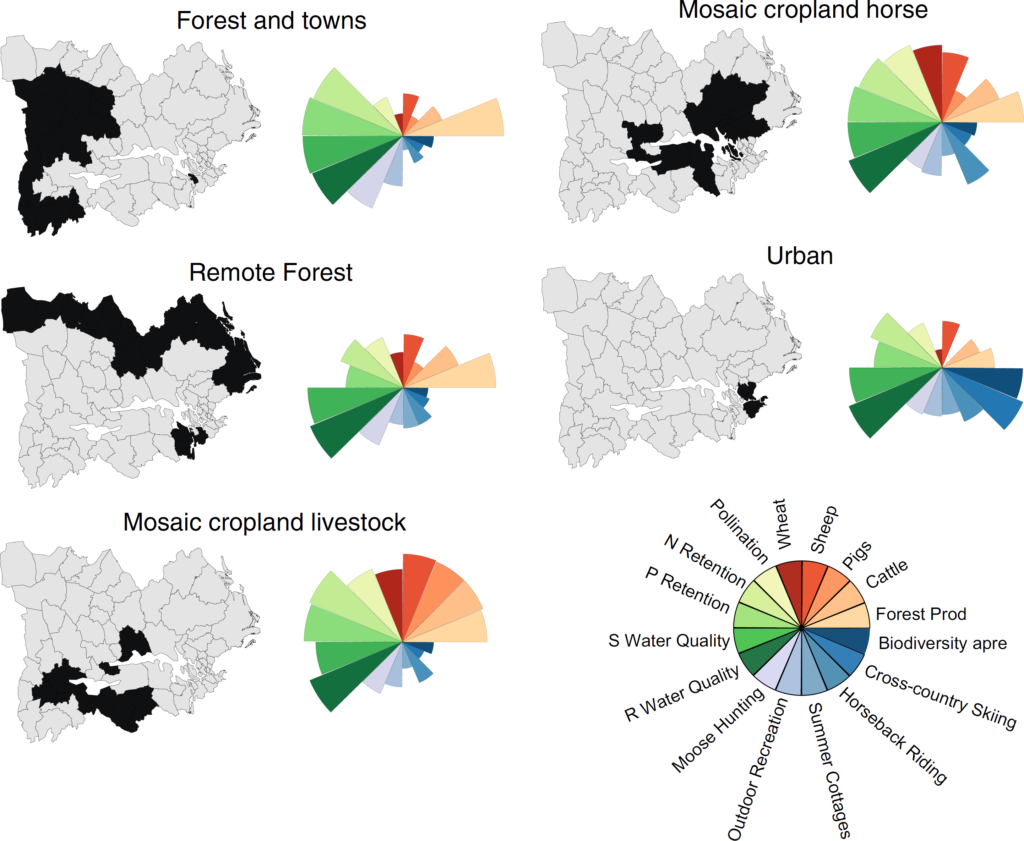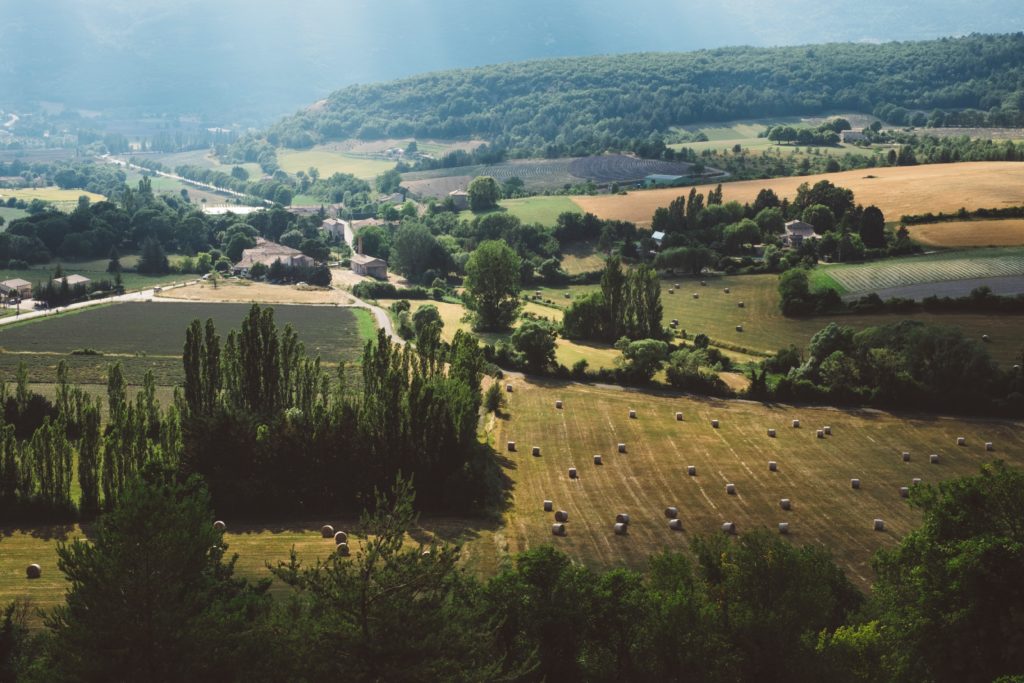This is a task of the Stockholm Resilience Center, SRC.
This WP will investigate the impacts of climate driven biodiversity change on natures contribution to people (NCPs). We will investigate:
- the current spatial distribution of multiple NCPs;
- the current interactions among NCPs in the form of trade-offs or synergies, including potential bundles of NCPs42;
- the impacts of climate change in the current distribution of NCPs and their relationships.

For the assessment of individual NCPs we will use a functional traits approach to explore the links between plant species and the mechanisms underlying ecosystem functions underpinning the generation and flow of services. We will identify which NCPs are most relevant to the Alps and European contexts by engaging with local and regional stakeholders through semi-structured interviews and participatory exercises. By engaging stakeholders from an early phase, we increase the relevance of our findings to inform decision making in ways that relate to the specific contexts and scales in which these actors are operating. Based on our selection of NCPs, we will use effect traits, that determine the functions that a certain organism performs in the ecosystem at a certain point in time, to link plant species diversity with individual NCPs, in a similar approach to the one in WP5. The assessment will be conducted at the European scale and for the Alps region. The regional analysis (Alps) will be a more in-depth analysis, covering a broader range of NCPs and including (for some NCPs) qualitative data on local and regional stakeholders’ perceptions and preferences.

Tasks
- Assessment of the provision and distribution of individual NCPs: After engaging with local and regional stakeholder to identify a range of NCPs for the European and regional (Alps) analysis, we will combine literature sources with expert knowledge to identify a range of effect traits that are relevant to the ecosystem functions that underpin each NCP (species data from the EVA database described in WP4, effect traits data retrieved from global trait databases TRY and BIEN). The provision of an individual NCP in a spatial unit will be given by the combined values for effect traits generated by the distribution of species present in that same unit. Since many non-material NCPs (also called cultural ecosystem services) are tightly connected with the way humans experience nature, in Alps regional assessment, the selection of effect traits for non-material NCPs will be informed by qualitative data on stakeholder preferences and experiencing of nature.
- Assessment of current interactions among NCPs: This assessment serves to identify potential trade-offs and synergies, as well as investigating the existence of bundles of NCPs, using correlation and cluster analysis as developed previously.
- Assessment of climate change impacts on the provisioning of individual NCPs: We will investigate the effects of climate driven changes on species diversity and distribution identified in WP2 and WP3 on the provisioning of individual NCPs (given by changes on the distribution of effect traits associated with the functions underlying each NCP).
- Assessment of the impacts of BD change on existing relationships among NCPs: In this task, we will assess if new trade-offs or synergies between NCPs are emerging through climate driven biodiversity changes.
Milestones
Deliverables
Cover image: Jacqueline O’Gara, Unsplash.